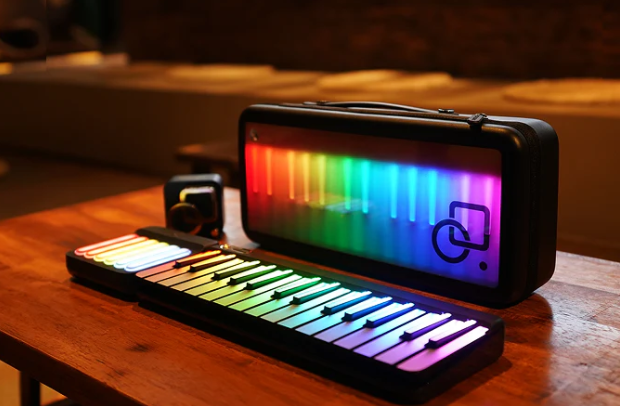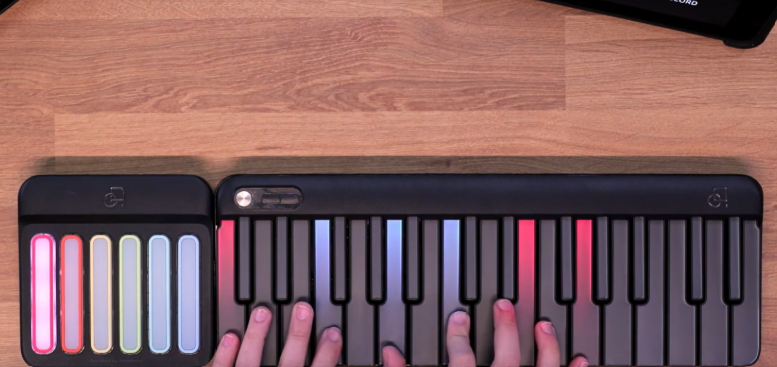
If you’ve shopped for a digital piano or a 64-key keyboard piano lately, you’ve probably seen numbers like 32-note, 128-note, or even 256-note polyphony splashed across spec sheets. But what exactly does polyphony mean, and why does it matter for musicians?
Polyphony is the maximum number of individual notes a hardware sound source (such as the tone generator in a digital piano) can produce at the same time. Every sustained note, every layered sound, and every backing track voice counts toward that total. When the limit is reached, the keyboard starts stealing the oldest notes to make room for new ones.
In most modern keyboards, every key press triggers a sampled audio file or a synthesized tone. If you hold the sustain pedal, play complex chords, layer multiple voices, or use an arranger accompaniment, the instrument may be producing dozens or even hundreds of simultaneous sounds. Once the polyphony limit is reached, older notes are cut off.
|
Polyphony Rating |
Ideal Use Case |
Watch-Outs |
|
32 notes |
Entry-level keyboards, kids’ models |
Notes drop quickly with sustain/layers |
|
64 notes |
Student pianos, many 64-key models |
Fine for simple solo practice |
|
128 notes |
Intermediate stage pianos |
Comfortable for layered patches |
|
192 notes |
Advanced digital grands |
Handles dense arrangements |
|
256+ notes |
Pro workstations, flagship stage pianos |
Room for complex sequencing and scoring |

Even if your keyboard lists a high polyphony rating, the real-world limit can vary depending on sound settings and effects. Here’s a quick test:
Polyphony might seem like just another spec on a keyboard’s product page, but it’s one of the biggest factors in how natural your playing will sound. It’s not about the number of keys — it’s about how many notes, layers, and effects can live together in a single moment without cutting each other off.
Whether you’re a beginner learning your first chords or an advanced player layering complex arrangements, matching your polyphony needs to your playing style helps you avoid frustration and enjoy a fuller, more expressive sound.
Polyphony is the maximum number of notes an instrument’s built-in sound engine can play at the same time. Once that limit is reached, older notes are cut off to make room for new ones.
No. A 64-key and an 88-key keyboard can have the same polyphony rating. Polyphony refers to simultaneous sounds, not physical key count.
When you exceed the limit, the keyboard “steals” existing notes—often the oldest or softest—resulting in clipped sustain or missing tones in dense passages.
Not on fixed-hardware instruments. Higher polyphony requires buying a keyboard with a more capable sound engine. In software-based setups, upgrading your device or optimizing settings can increase performance.
Generally, yes—more polyphony means more flexibility for complex music. But if you mostly play simple pieces, you may not notice a difference beyond a certain point.
Play a large arpeggio with the sustain pedal held down, add a layered tone, and listen for sudden note cut-offs or thinning chords—both signs you’ve reached the ceiling.
Read more

How High Should a Piano Keyboard Be? Ideal Height for Comfort & Technique
Finding the sweet spot for your keyboard or acoustic piano isn’t just about looking professional. The right height supports healthy posture, reduces fatigue, and lets your hands float across the ke...

Best Cheap MIDI Controllers in 2025: Budget Picks for Beginners & Creators
Landing your first (or next) MIDI controller shouldn’t drain your wallet—or your creative spark. The 2025 crop of best cheap MIDI controllers proves you can score solid keys, pads, and knobs withou...